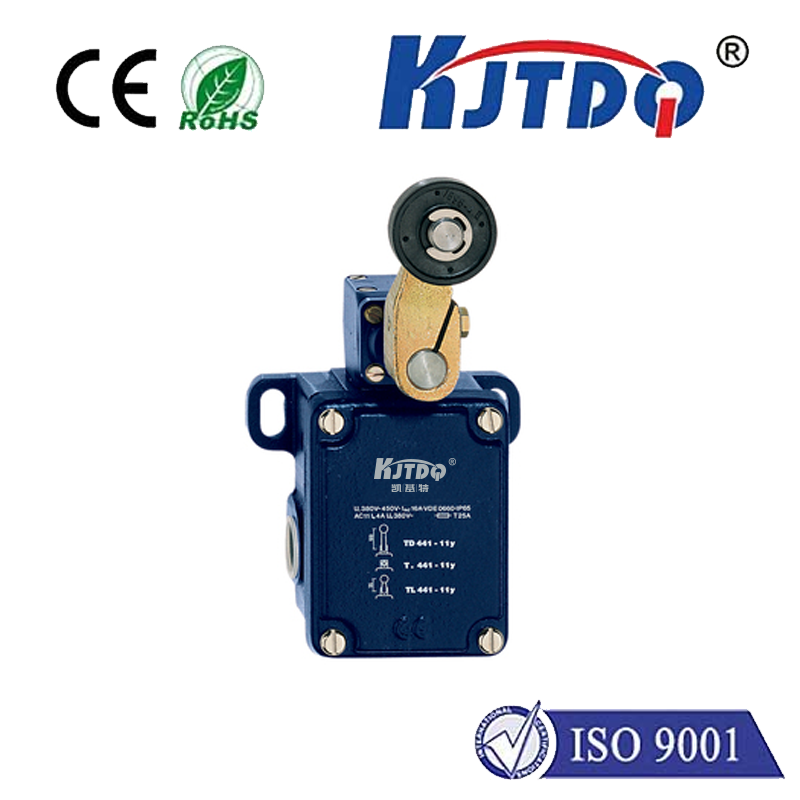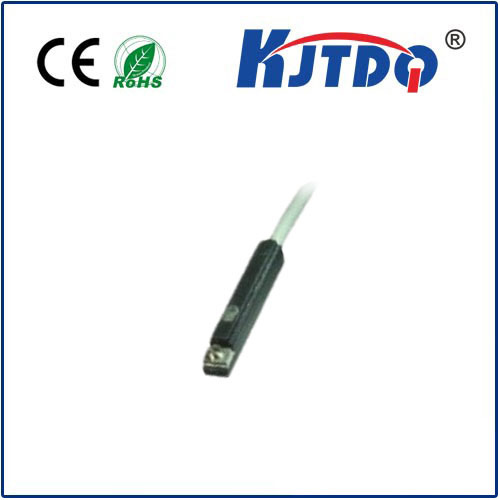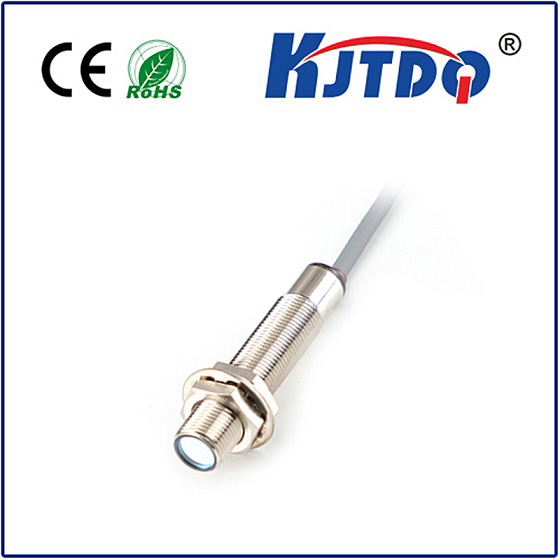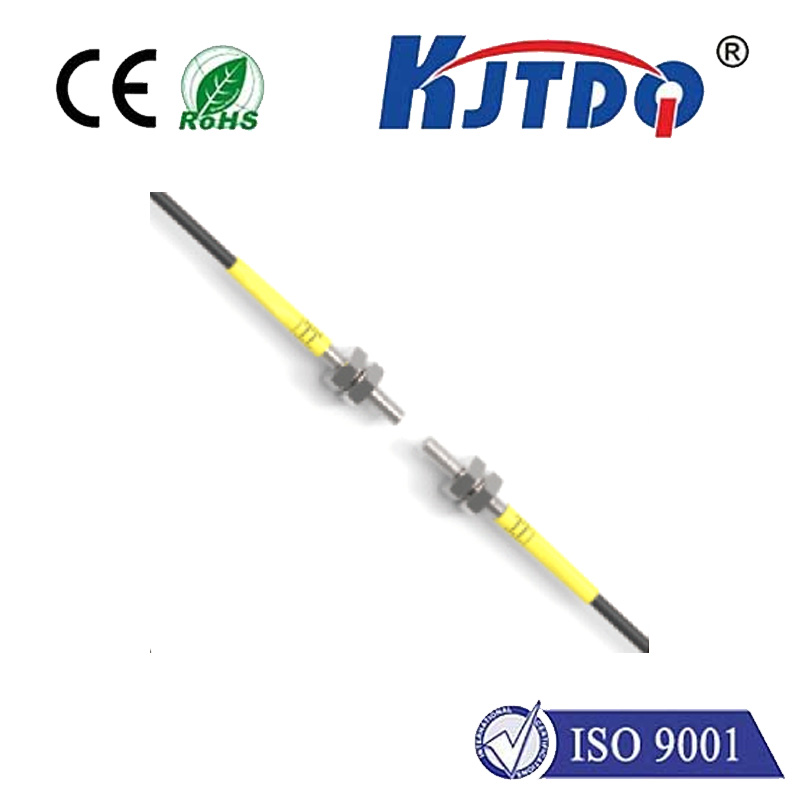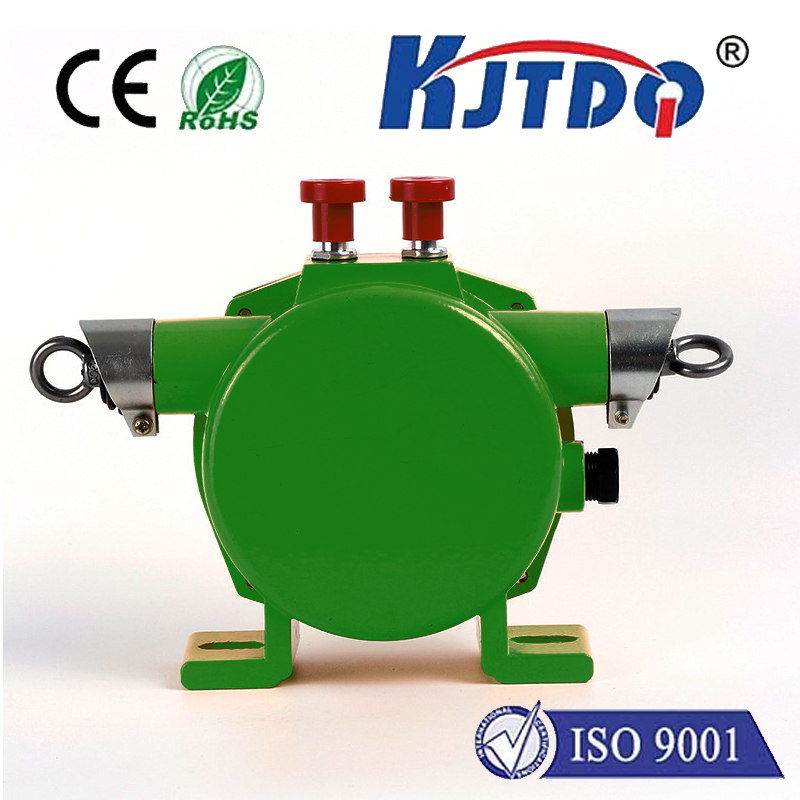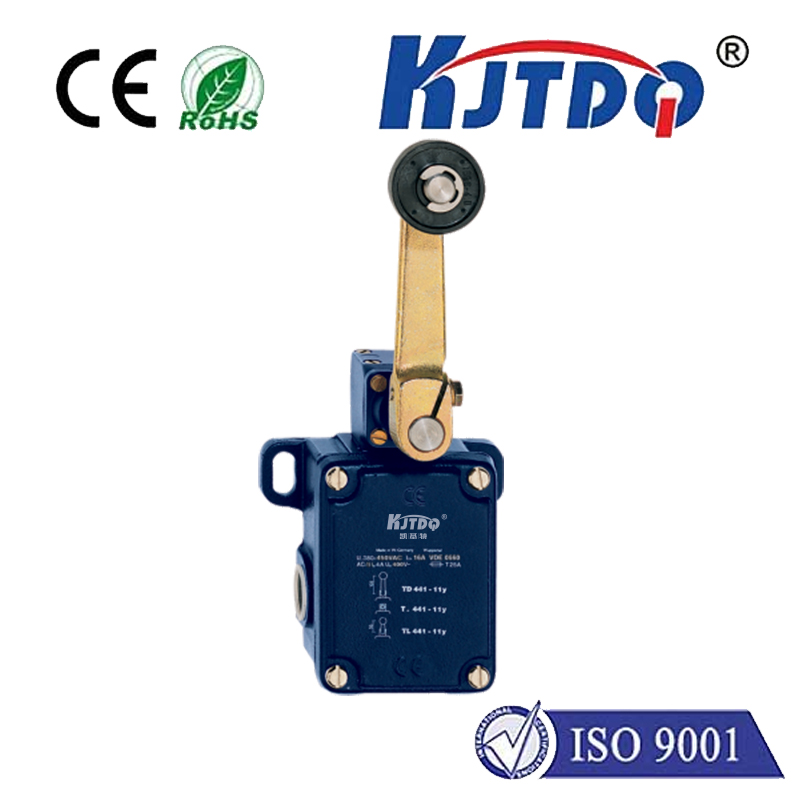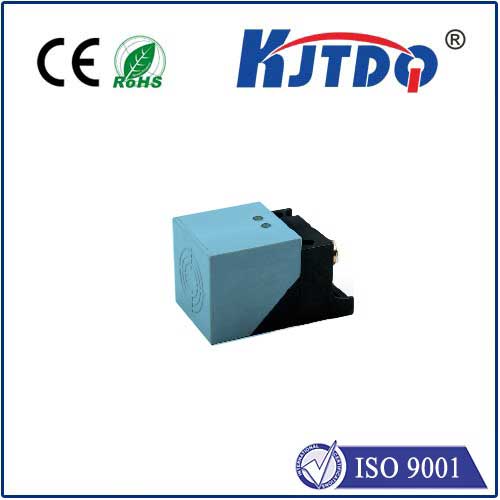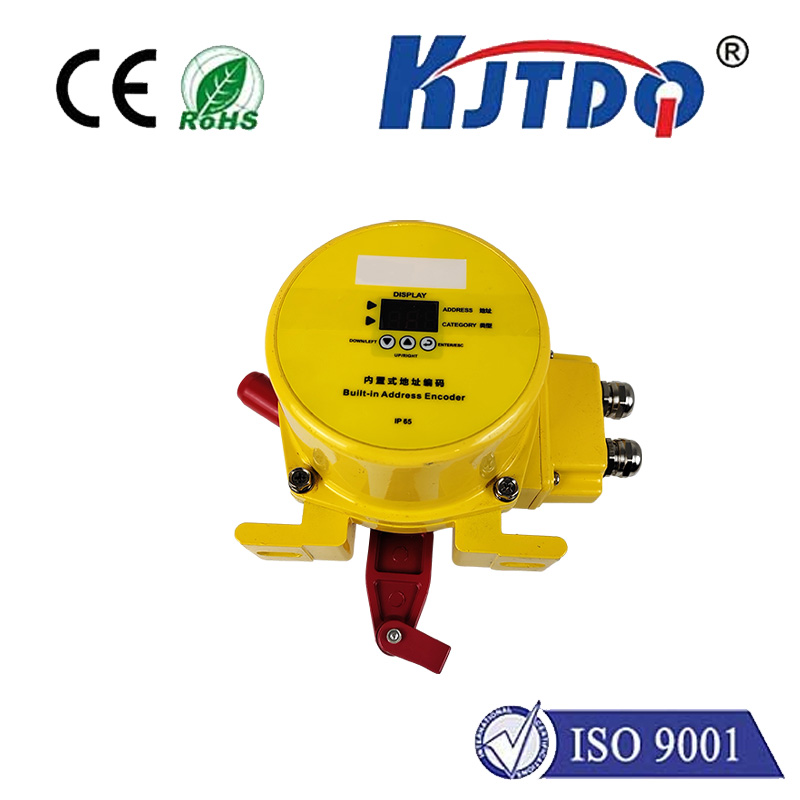photoelectric motion detector
- time:2025-07-24 02:38:15
- Нажмите:0
The Invisible Guardian: How Photoelectric Motion Detectors Shape Security and Automation
Imagine walking into a dimly lit room, and instantly, lights bathe the space in brightness. Or picture a sprawling warehouse where conveyor belts spring to life only when packages approach. This seemingly effortless automation and security often hinge on a silent sentinel: the photoelectric motion detector. Far more sophisticated than simple switches, these devices leverage the fundamental properties of light to perceive movement with remarkable precision, becoming indispensable tools in modern security systems and industrial processes.
Understanding the Light Beam Principle
At its core, a photoelectric motion detector operates on a beautifully simple concept: it detects the interruption or significant alteration of a light beam. Unlike passive infrared (PIR) sensors that sense body heat, photoelectric sensors actively emit light – typically infrared (invisible to the human eye) or visible light – and monitor what happens to it. This creates a highly reliable method for motion detection over specific paths or areas.
There are three primary configurations used for motion sensing:
- Through-Beam (Opposed Mode): The emitter and receiver are separate units placed directly opposite each other. The emitter sends a continuous or pulsed beam to the receiver. Motion is detected when an object physically breaks this beam, causing the receiver to lose the signal. This setup offers the longest detection range and highest reliability but requires installation at two points.
- Retroreflective: Both the emitter and receiver are housed in a single unit. The emitted light beam travels towards a special reflector (corner-cube reflector) positioned opposite. The light bounces directly back to the receiver. Motion is detected when an object interrupts the beam’s path to the reflector, preventing the light return. This simplifies installation (only wiring one unit) while maintaining good range and accuracy.
- Diffuse Reflective (Proximity Mode): The emitter and receiver are in one housing, but there’s no separate reflector. The sensor relies on detecting light diffusely reflected back from a target object itself. Motion is detected when an object moves into the detection zone and is close enough to reflect sufficient light back to the receiver. Range is shorter than through-beam or retroreflective, but it detects objects without needing a reflector opposite.
Why Choose Photoelectric Motion Detection? Key Advantages

Photoelectric motion sensors offer distinct benefits that make them preferred solutions for many scenarios:
- Precise Zone Control: Unlike PIR sensors that detect heat changes within a broad zone, photoelectric beams define very specific, linear detection paths. This allows for pinpoint accuracy, ideal for guarding entryways, windows, perimeter fences, or specific machinery access points where you need to know exactly when something crosses a line.
- Long Detection Range: Especially in through-beam and retroreflective modes, photoelectric sensors can reliably detect movement over considerable distances – tens or even hundreds of meters. This makes them perfect for safeguarding large open areas, warehouses, or outdoor perimeters.
- Immunity to Ambient Conditions: Well-designed photoelectric detectors are largely unaffected by ambient temperature fluctuations or air currents that can sometimes trigger PIR sensors. They focus solely on beam interruption.
- Detection of Non-Heat Emitting Objects: Since they rely on light interruption, not heat, photoelectric sensors can detect moving objects regardless of their temperature. This includes vehicles, falling objects, or even cold-blooded animals.
- High Reliability & Stability: When properly aligned and maintained, these sensors offer consistent, dependable performance with low false alarm rates due to their direct interruption principle.
Considerations and Limitations
No technology is perfect. Potential downsides include:
- Requires Line of Sight: Crucially, the light beam requires a clear path. Obscuration by dust, fog, heavy rain, smoke, or even accumulated dirt can disrupt the beam and trigger false alarms or prevent detection.
- Alignment Sensitivity: Through-beam and retroreflective sensors need precise alignment during installation and may require periodic checks, especially in environments prone to vibration.
- Limited Coverage Area (Point vs. Presence): While excellent for linear paths, standard photoelectric setups aren’t designed to cover large, volumetric areas like a room for occupancy sensing (though specialized area scanners exist). They excel at detecting movement across a boundary.
- Potential for Intentional Blocking: Since the beam is predictable, a determined intruder might attempt to bypass it if they know its location, though this is difficult in well-implemented systems.
Where Photoelectric Motion Sensors Shine: Applications
The unique strengths of photoelectric detectors make them vital in numerous settings:
- Perimeter Security: The classic application. Guarding gates, fences, windows, and doors. Breaking an invisible beam triggers an immediate alarm. Often used in conjunction with PIRs for layered defense.
- Industrial Automation & Safety: Monitoring conveyor belts (detecting jams or presence/absence of items), safeguarding dangerous machinery access points (light curtains), counting objects on production lines, and controlling automated doors in factories or warehouses. Their reliability and non-contact detection are key here.
- Traffic Management: Detecting vehicles at traffic lights, toll booths, or parking garage entrances/exits. The long range and ability to detect vehicles reliably are essential.
- Access Control: Automatically opening doors in commercial buildings or secure areas when the beam is broken by approaching personnel.
- Smart Home Integration (Specialized): While PIR dominates room occupancy, photoelectric beams can be used for specific tasks like garage door safety (ensuring nothing is in the path), driveway alerts, or specialized security zones within or around a home.
The Future is Bright (and Interconnected)
Modern photoelectric motion sensors are becoming smarter. Integration with microcontrollers and IoT platforms allows for advanced features like adjustable sensitivity, beam pattern selection, communication of status, and seamless integration into larger automation systems. Hybrid systems combining photoelectric beams with other sensor types (like PIR, microwave, or cameras) create comprehensive and highly reliable detection networks, leveraging the strengths of each technology while mitigating their weaknesses.
FAQs about Photoelectric Motion Detectors
- Q: Are photoelectric motion detectors the same as PIR sensors?
A: No. PIR sensors detect infrared radiation (body heat) changes. Photoelectric sensors detect the interruption of a light beam. They serve different detection purposes.
- Q: Can rain or snow set them off?
A: Heavy precipitation (rain, snow, fog) can scatter or block the light beam, potentially causing false triggers or preventing detection. High-quality sensors and proper environmental shielding help mitigate this.
- Q: How far can they detect?
A: Range varies significantly. Through-beam sensors can reach hundreds of meters. Retroreflective might reach 10-30 meters. Diffuse reflective is shorter range, typically centimeters to a few meters. Always check the sensor specifications.
- Q: Are they difficult to install?
A: Through-beam requires aligning two separate units, which can be trickier. Retroreflective and diffuse types are simpler as they are single units. Alignment is crucial for reliability.
- Q: Are they safe?
A: Yes. The infrared light used is typically low-power and poses no health risk. They are a safe, non-contact detection method.
From safeguarding sensitive perimeters to optimizing industrial workflows, the photoelectric motion detector proves that sometimes, the simplest principles – like breaking a beam of light – provide the most elegant and effective solutions for detecting the unseen movement that shapes our automated, secure world. Their continued evolution promises even greater integration and intelligence in the systems we rely on daily.

